This fresco adorned the cell No. 7 of the San Marco Monastery. The central figure of Christ is given here sitting in a strictly frontal position against the background of
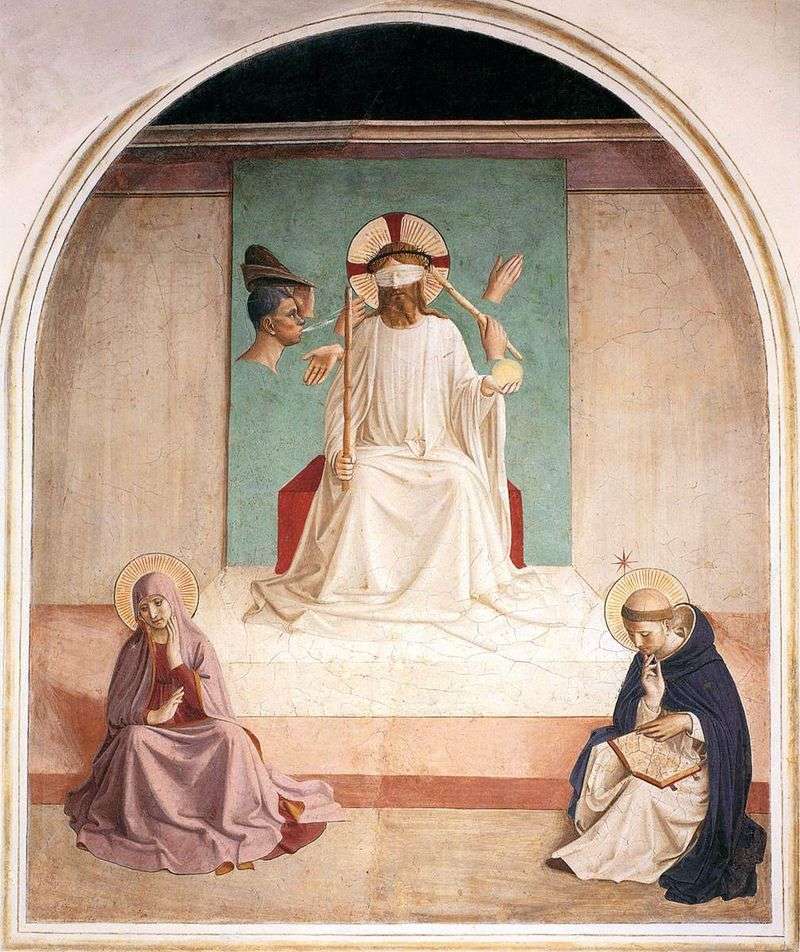

This fresco adorned the cell No. 7 of the San Marco Monastery. The central figure of Christ is given here sitting in a strictly frontal position against the background of
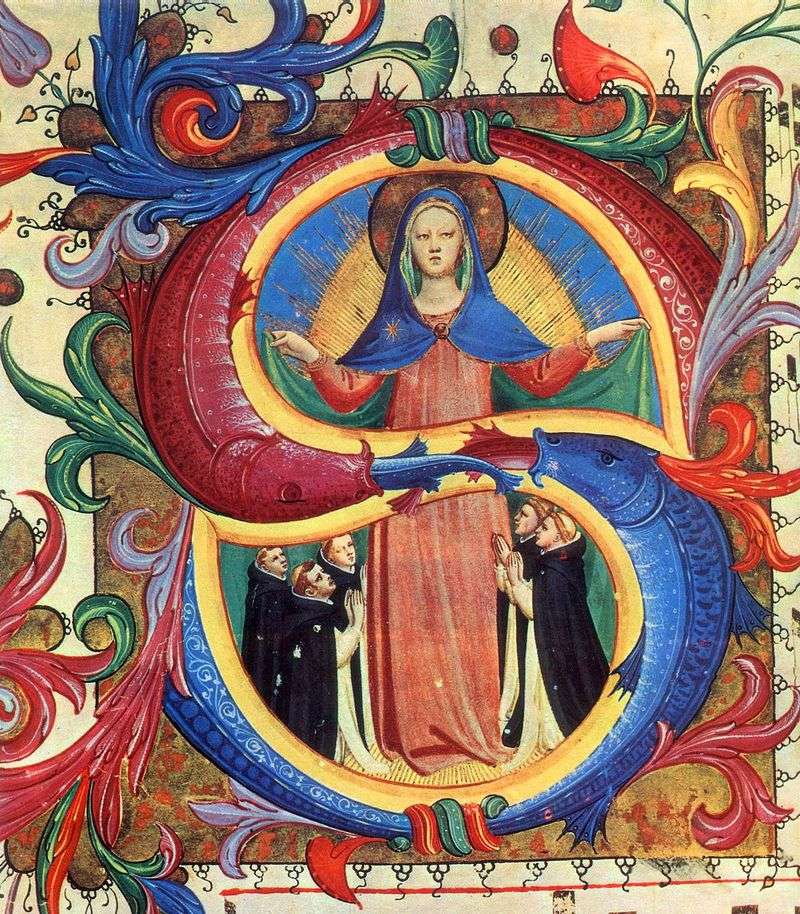
The decoration of the manuscripts required hard work and served as a good school for Fra Angelico. Lessons in book miniatures taught him to write very subtly and economically, carefully
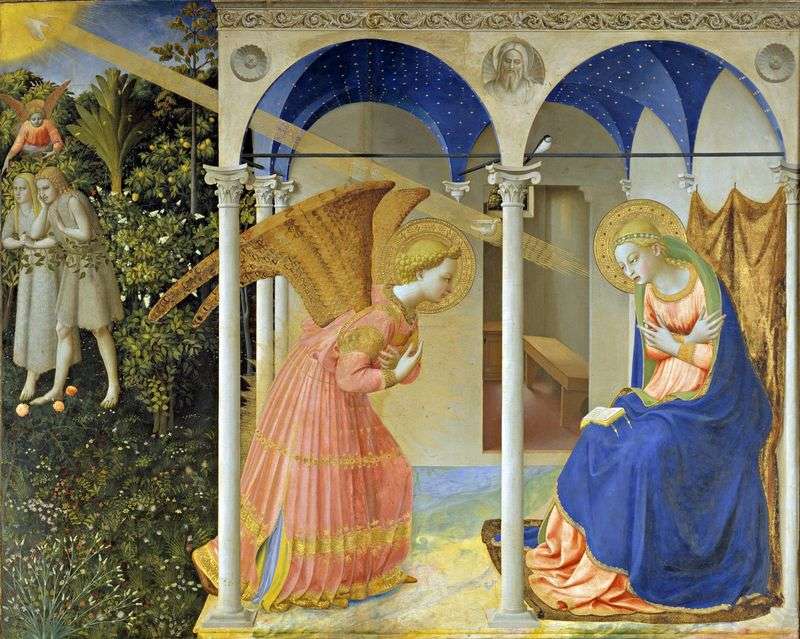
This early masterpiece by Fra Angelico became the model that was followed by many other artists of the Early Renaissance, referring to the subject of the Annunciation. The panel depicts
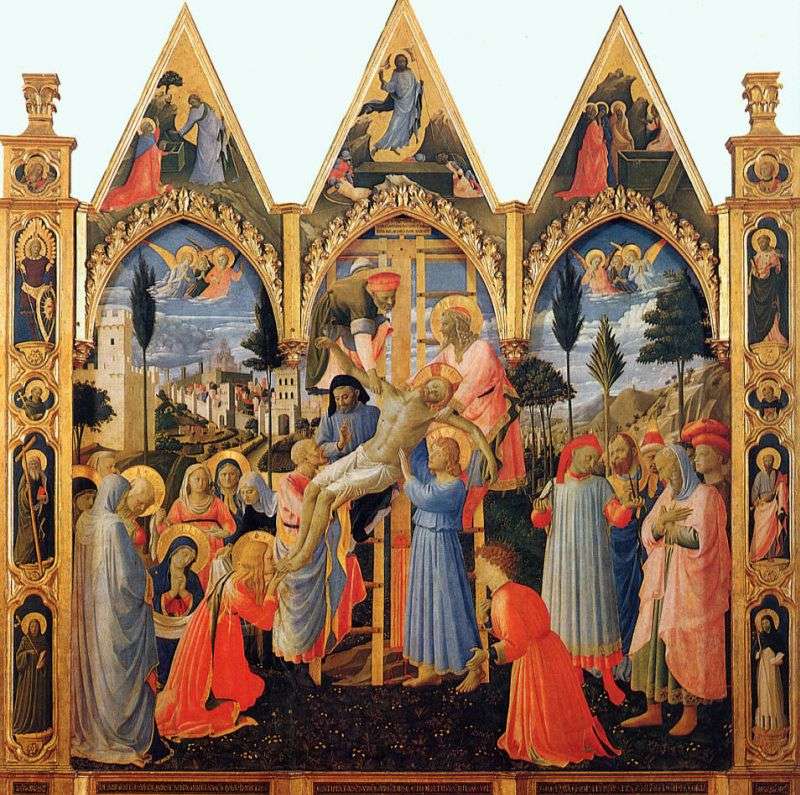
This altar image, consisting of one panel, Fra Angelico created for the Strozzi Chapel in the Church of Santa Trinita in Florence. It is believed that the three gables on
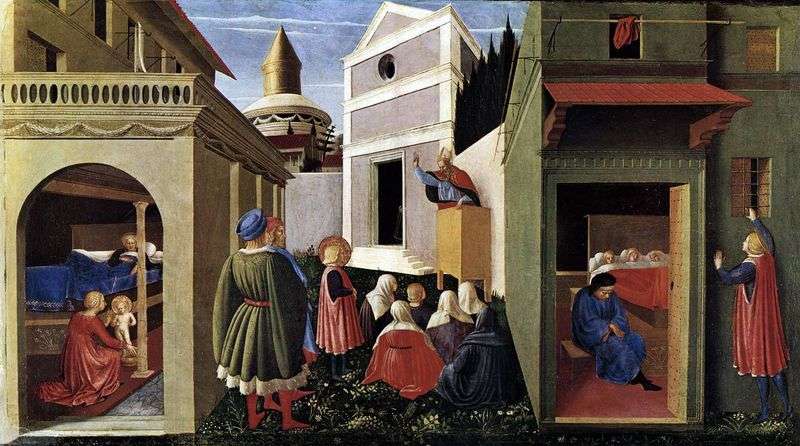
Fra Angelico in his works applies a new principle of creating perspectives. Its essence lies in the fact that the figures decrease as they move away from the viewer, and
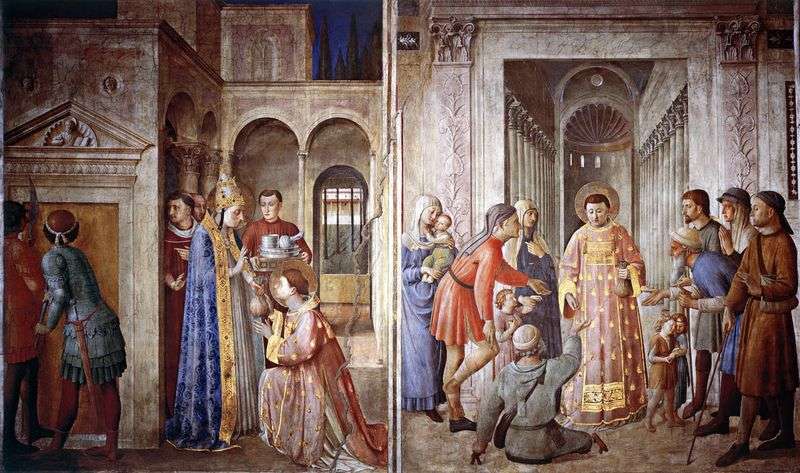
This fresco is one of those with which Fra Angelico decorated the chapel of Pope Nicholas V at the Vatican. Note that the Roman series of frescoes differs from the
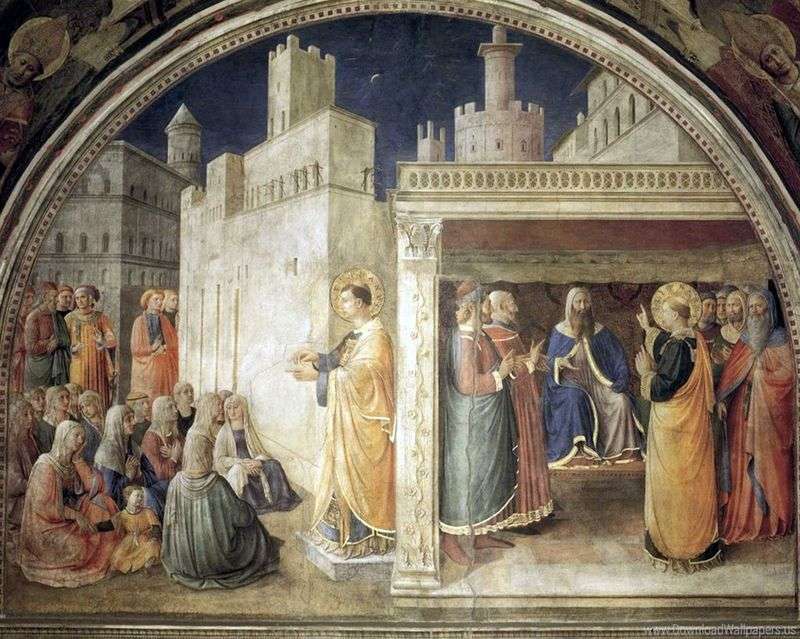
On this semicircular mural in the general space are depicted two scenes, separated by architectural elements. The first martyr for Christ, archdeacon Stefan, was one of the seventy apostles elected
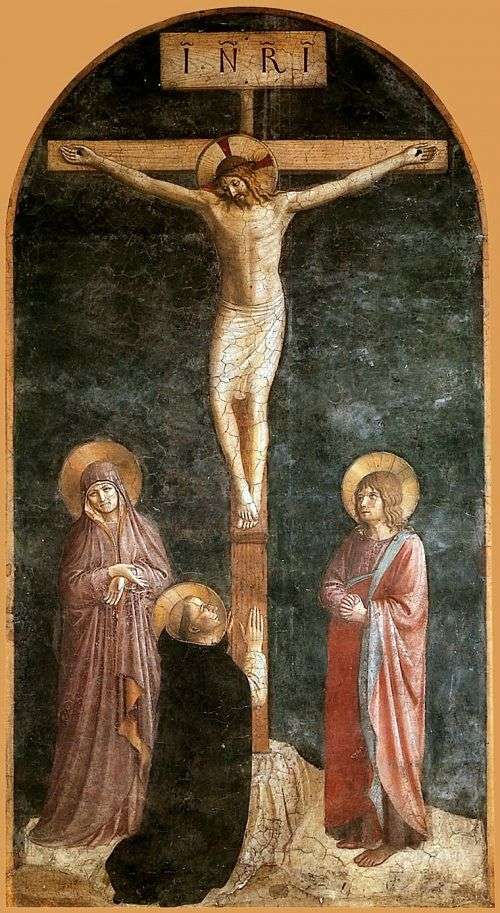
In addition to those present in this picture of Madonna and John the Theologian, Saint Dominic, the founder of the Dominican order, also worships the crucifixion. This is a steady
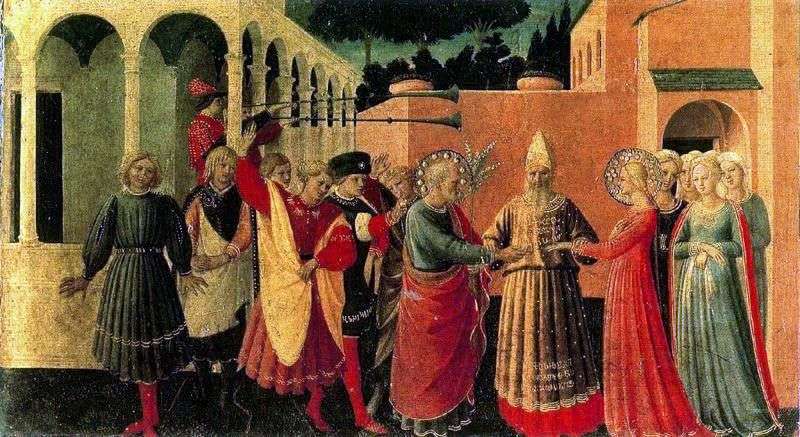
Fra Angelico shared a reverential attitude towards nature, peculiar to the ideology of the Renaissance, and always willingly wrote it. Thus, depicting the Virgin Mary in the “Annunciation”, ca. 1432
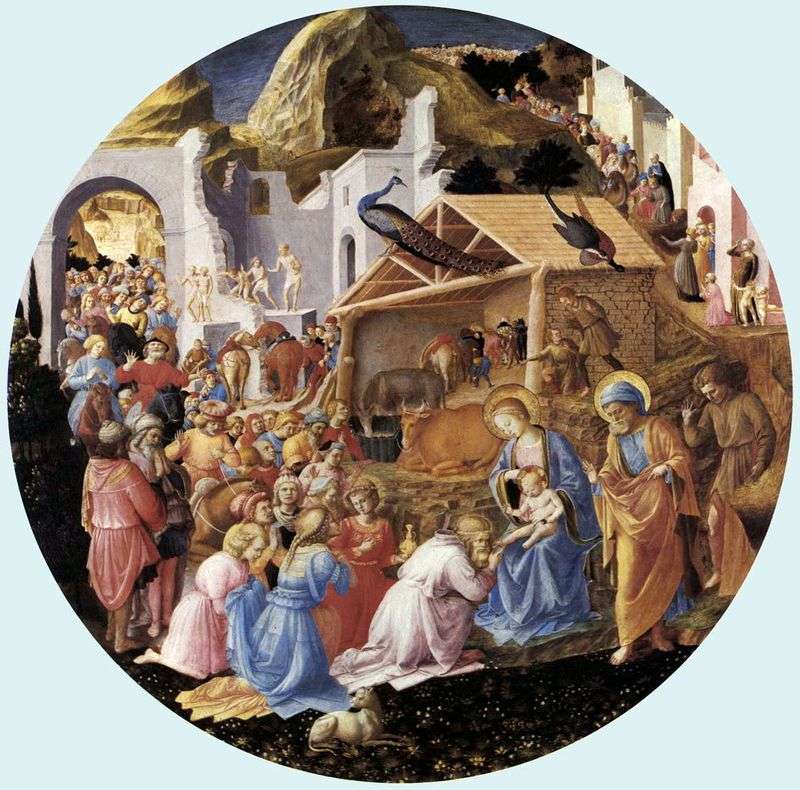
Fra Angelico, before the adoption of the monastic Guido di Pietro, is the largest and one of the most famous masters of the Florence School of the Early Renaissance. He
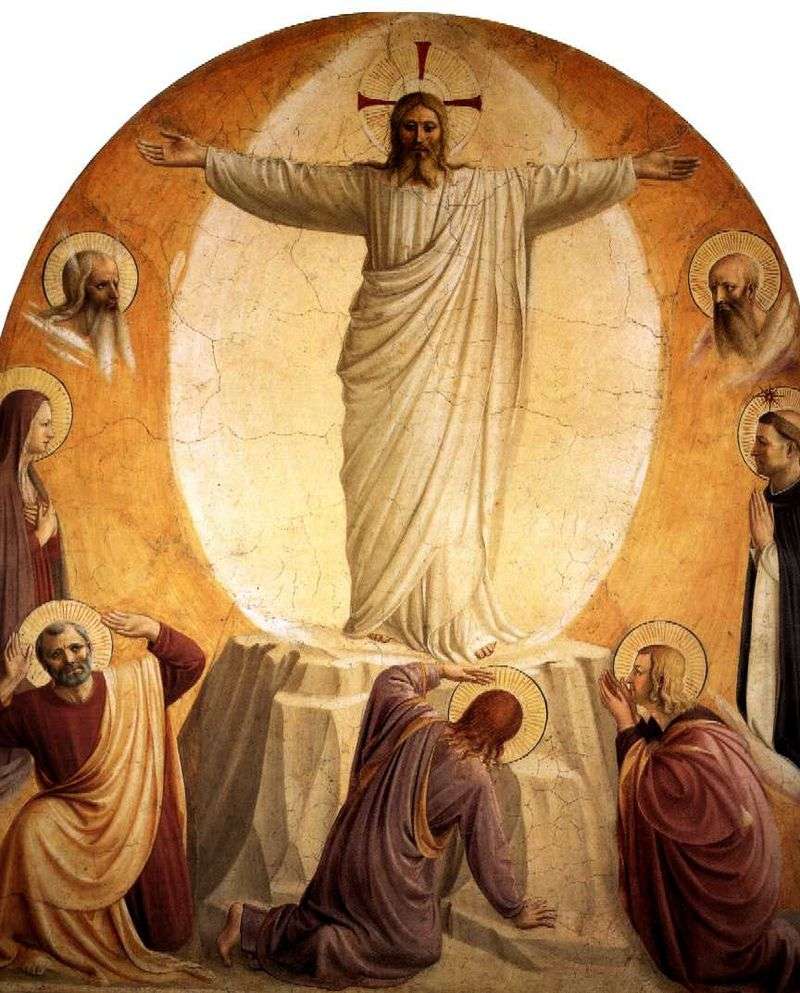
This is one of the most amazing frescoes by which Fra Angelico adorned the monastery of San Marco. It illustrates the most important gospel story. The figure of Christ and
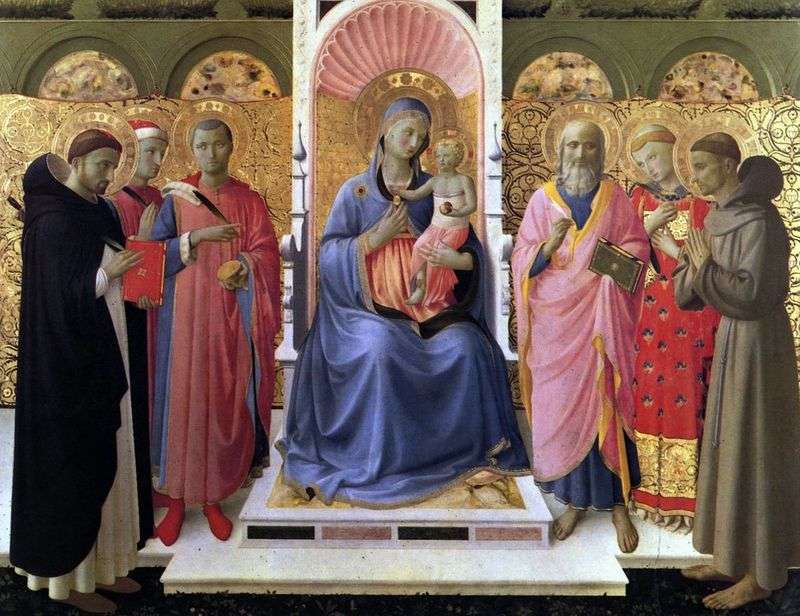
Fra Angelico first of the artists turned to the story, which later became unusually popular; its essence: the Virgin, Christ, angels and saints are placed in a single space. In
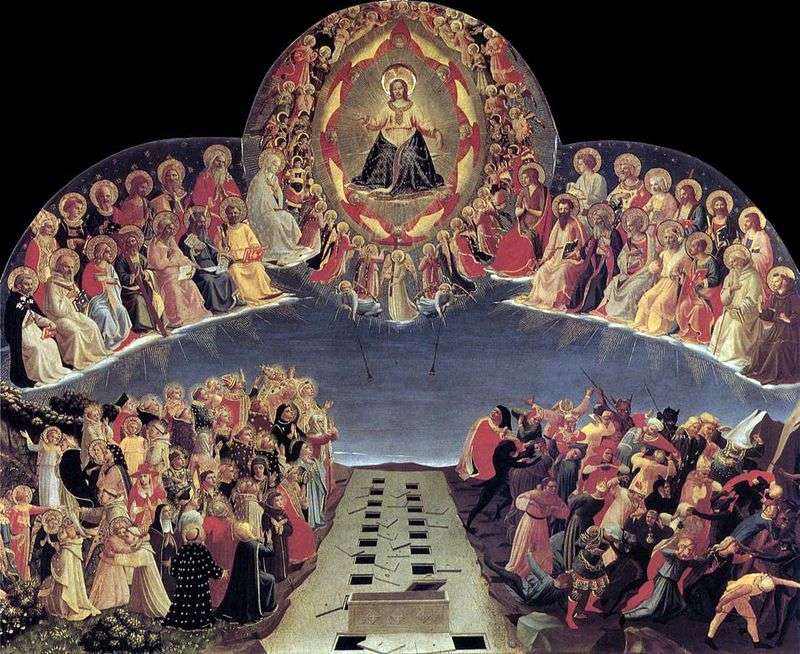
It is believed that this work was commissioned to the artist by the Florentine church of Santa Maria deli Angeli. Opposing of the souls of the righteous and sinners was